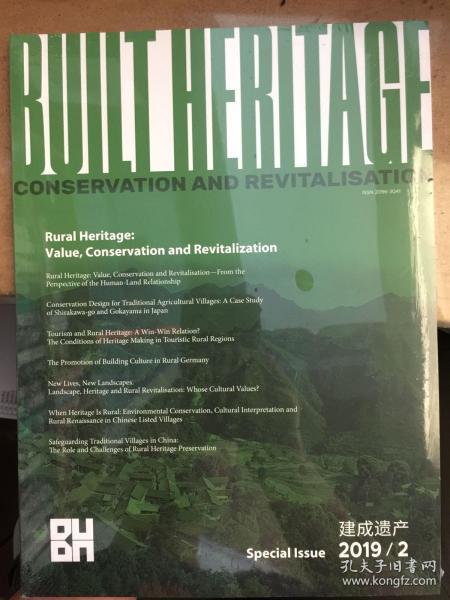来源:小编 更新:2024-10-21 07:50:48
用手机看

Heritage, a term that encompasses both tangible and intangible assets, refers to the legacy left behind by past generations. It includes historical buildings, artifacts, traditions, and cultural practices that have been passed down through time. The preservation and appreciation of heritage are crucial for understanding our roots, fostering cultural identity, and promoting sustainable development. In this article, we will explore the significance of heritage, its types, and the challenges faced in its conservation.

Heritage can be broadly categorized into two types: tangible and intangible.
Tangible Heritage
Tangible heritage refers to physical objects, buildings, and sites that have historical, cultural, or scientific significance. This includes monuments, archaeological sites, historical buildings, and works of art. For instance, the Great Wall of China, the Parthenon in Athens, and the Taj Mahal are all examples of tangible heritage.
Intangible Heritage
Intangible heritage encompasses cultural practices, expressions, and knowledge systems that are transmitted from generation to generation. This includes traditional music, dance, rituals, and craftsmanship. Examples of intangible heritage include the Japanese tea ceremony, the Chinese opera, and the Indian yoga practice.

Heritage plays a vital role in shaping our cultural identity and understanding our past. Here are some key reasons why heritage is significant:
Preservation of Cultural Identity
Heritage helps preserve the cultural identity of a community or nation. It fosters a sense of belonging and pride among individuals, promoting social cohesion and cultural diversity.
Historical Understanding
Heritage provides insights into the history and development of a society. It allows us to learn from the experiences of our ancestors and understand the factors that have shaped our present.
Economic Benefits
Heritage tourism generates significant economic benefits for communities. It attracts visitors, creates job opportunities, and promotes local businesses.
Environmental Protection
Preserving heritage sites often involves environmental conservation efforts. This helps protect natural habitats and biodiversity.

Despite the importance of heritage, there are several challenges in its conservation:
Urbanization and Development
Urbanization and development often threaten heritage sites. New constructions, infrastructure projects, and land reclamation can lead to the destruction or alteration of historical buildings and sites.
Climate Change
Climate change poses a significant threat to heritage sites. Rising sea levels, extreme weather events, and changing precipitation patterns can damage cultural assets.
Lack of Awareness and Resources
A lack of awareness about the importance of heritage and insufficient resources for conservation efforts can hinder the preservation of cultural assets.

Heritage is a valuable asset that connects us to our past and contributes to our cultural identity. By understanding the significance of heritage and addressing the challenges in its conservation, we can ensure that future generations will continue to benefit from our rich cultural heritage.

Heritage, Cultural Identity, Conservation, Tangible Heritage, Intangible Heritage, Heritage Tourism, Urbanization, Climate Change